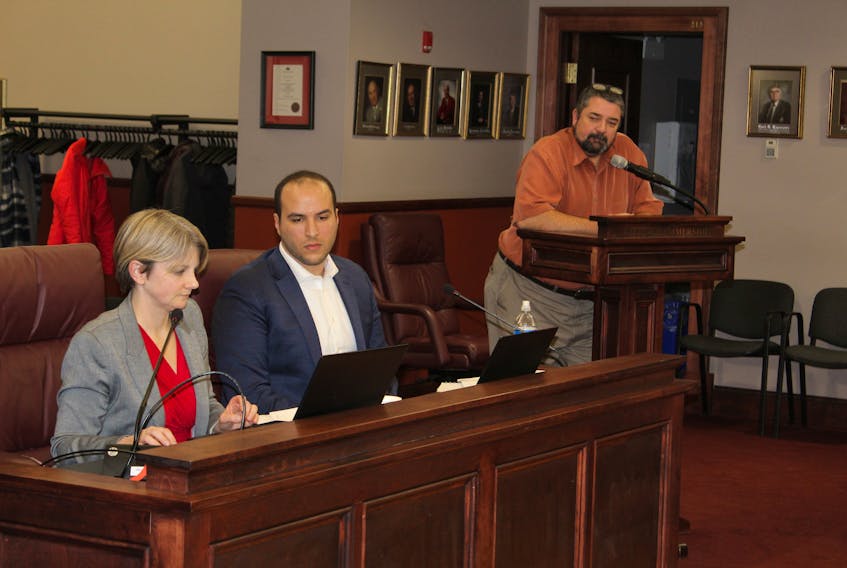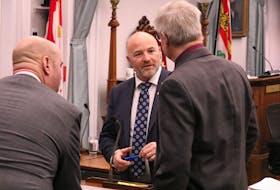SUMMERSIDE, P.E.I. — A day before the topic was presented to ratepayers, Summerside council got a chance to question researchers about the city’s potential energy future.
The Capacity Resource Plan was commissioned when it became clear the city’s old diesel generators weren’t going to last much longer and needed to be replaced.
Julie-Ann Vincent and Ahmed Hanafy, both consultants with Dunsky Energy Consulting, the firm commissioned to write the report, were at a special meeting Feb. 27 to answer questions from councillors.
Vincent’s presentation began with the report’s goal - to study the options and make recommendations on how to deal with the city’s capacity needs 25 years into the future.
Here are 5 insights from the presentation:
The difference between energy and capacity
Capacity planning is being able to meet the peak load for the city, plus 15 per cent, at all times, said Vincent. In 2018, the peak load was 23 megawatts.
The analogy Vincent used to explain capacity planning was a family of five looking to buy a vehicle. A small car might be fine for daily use (base load) but when the entire family wants to travel together (peak load) they’d need a van.
Since this hypothetical family can only buy one car, they’d be capacity planning if they purchased the van, so all their vehicle needs will be met all the time.
Best practices in development
Deputy Mayor Norma McColeman asked if there was a model of best practice the city could look to and gauge the progress.
Vincent said there isn’t one steady energy utility model anymore.
the last 10 years, the utility industry has changed so much, in terms of the advent of new technologies, in terms of new options for utilities. Renewables completely disrupted the whole field,” said Vincent.
The cutting-edge technologies are in the field of distributed energy resources and it means utilities don’t need to rely on a giant generator, said Vincent.
Don’t cut the cord with the mainland
“A stacked stage approach is generally good utility planning in terms of that flexibility and diversity,” said Vincent. So, although the consultants found a way for Summerside Electric to wean itself off the power cable from New Brunswick, Vincent suggests it would be wise to keep the mainland connection in the mix.
A cost-effective battery
The Dunsky report suggests the city invest in a battery pilot project in around five years’ time. There’s a flexible window to allow for batteries to become cost effective. Coun. Cory Snow asked for a price or calculation to use when making the future decision.
The city’s director of municipal services, Greg Gaudet, named a price per kilowatt, and Hanafy added there are several other factors to consider when investing in a battery system.
“It’s not only that number of the actual purchase of the physical battery, it’s other conditions in the market that will dictate when it’s cost effective,” said Hanafy.
Utility reaction
“(The Dunsky report) gives lots of options to reduce costs to the utility and, at the same time, plan for the worst-case situation,” said Greg Gaudet, director of municipal services for the city. He added his own suggestion for the city to plan to supply the “small winter load” all year. That’s the time between midnight and 6 a.m. on a winter night.
“It’s prudent upon the community to plan for resources that can meet that minimum load at all times throughout the year,” said Gaudet. That way, in the future, the city could sustain a power outage (like the one on Nov. 29 when the connection to N.B. was lost, for example) and still keep everyone warm.
A full copy of the report can be found on the City of Summerside website under “News & Notices”









